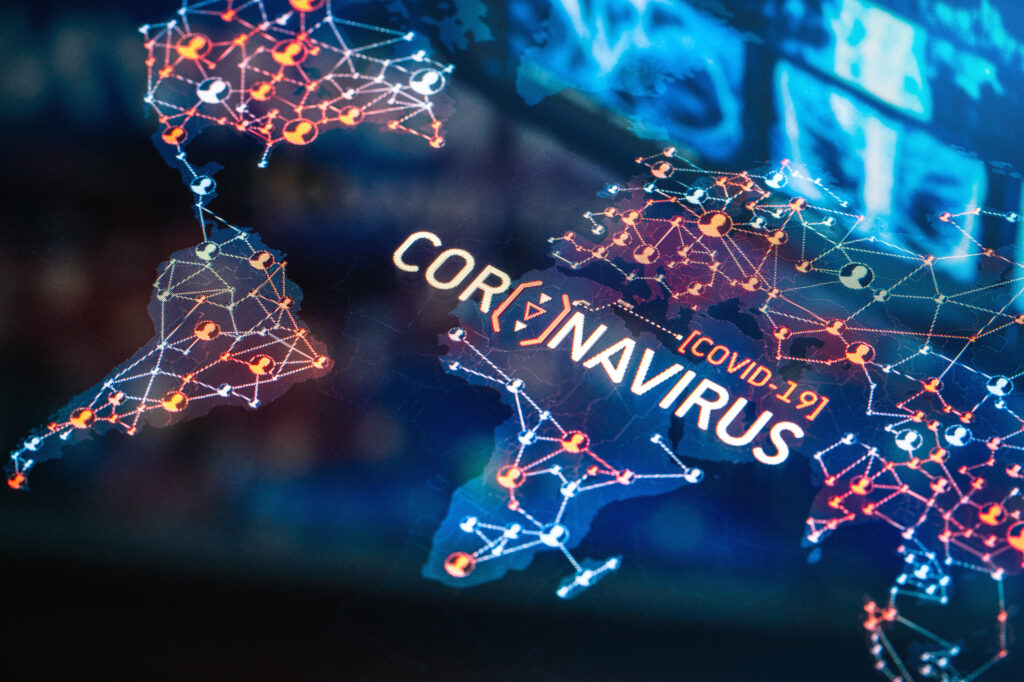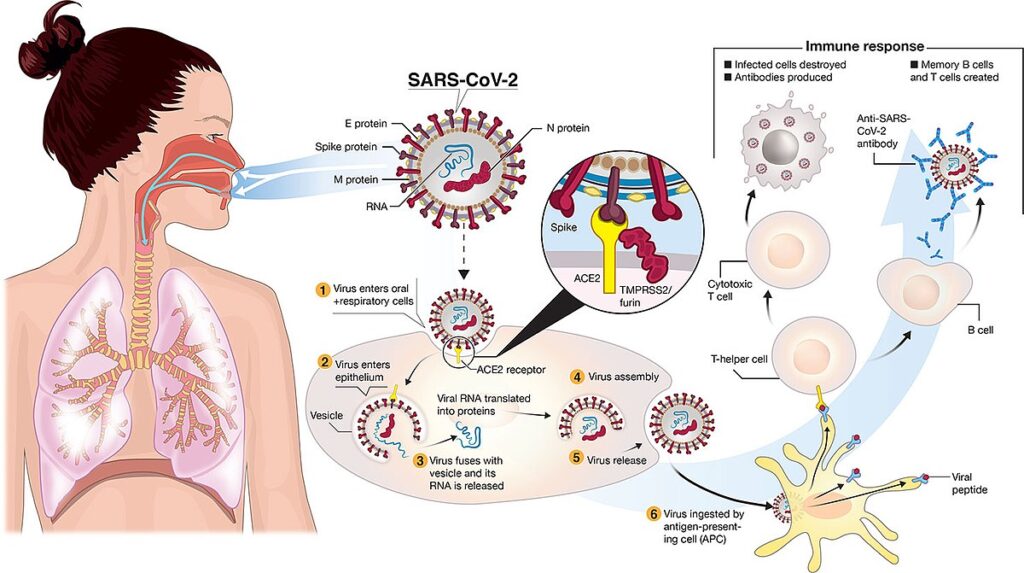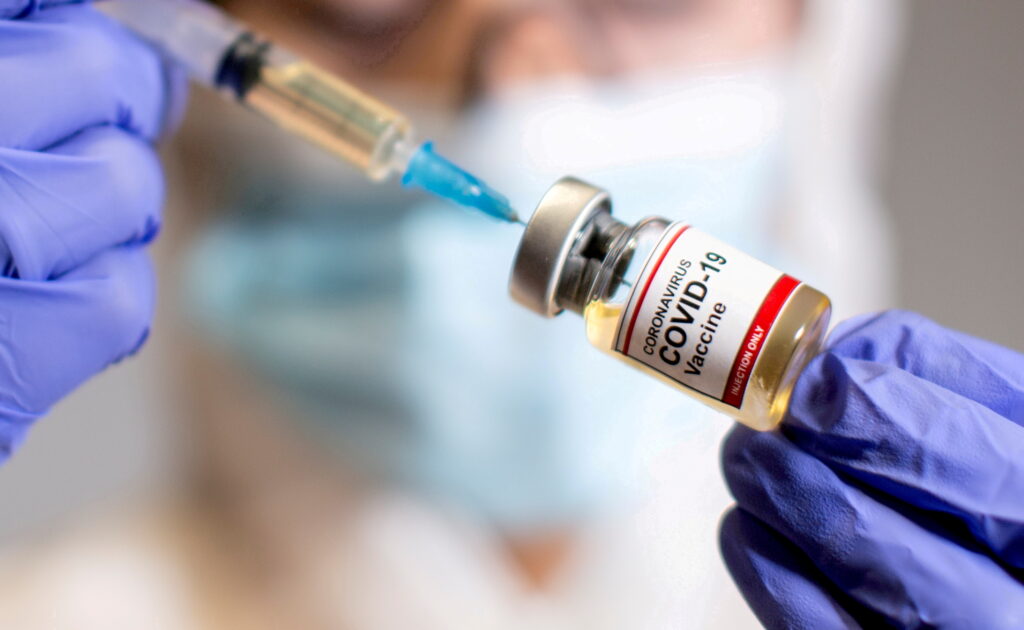
The global outbreak of the COVID-19 pandemic has spread worldwide, affecting almost all countries and territories. The outbreak was first identified in December 2019 in Wuhan, China. Countries around the world cautioned the public to take responsive care. The public care strategies have included handwashing, wearing face masks, physical distancing, and avoiding mass gatherings and assemblies. Lockdown and staying-home strategies have been put in place as the needed action to flatten the curve and control the transmission of the disease (Sintema, 2020).
PATHOLOGICAL AGENT

Coronaviruses are a large family of viruses that can cause disorders ranging from mild cold to severe diseases. Some coronaviruses are zoonotic, which means that they spread from animals to humans. In December 2019, a novel coronavirus called severe acute respiratory syndrome coronavirus 2 (SARS-CoV-2) caused an outbreak of COVID-19. Typical symptoms of COVID-19 include fever, cough, shortness of breath, and muscle pain. Severe complications have been reported to occur in 33% of patients with COVID-19 and include acute respiratory distress syndrome, acute renal failure, acute respiratory injury, septic shock, and severe pneumonia. Currently, there is no specific treatment or approved clinical management against COVID-19 primarily includes implementing recommended infection prevention and control measures and supportive management of complications. Thus far, treatment is provided according to the clinical condition of the patient; supportive treatment such as oxygen therapy, hydration and fever/pain management, and antibiotics, if bacterial co-infection is present, is recommended.
RESEARCH DEVELOPMENTS
Before the COVID pandemic, virology research (including influenza) represented less than 2% of all biomedical research. However, the number of laboratories and investigators that have pivoted to address COVID-related research questions is astonishing, likely comprising 10–20% of current biomedical investigation, showing the incredible adaptability of the research community. The multinational support rapidly infused for COVID-19 research is in the billions of euros. The sharing of research findings and research data has never been as rapid and efficient. The crisis has also brought disease, health, and healthcare back to the forefront of societal issues, and will have a lasting impact on public spending. However, with all this optimism and focus, there is a downside.
STANDARD OPERATING PROTOCOLS (SOPs)
More than half of the global population is under strict forms of social distancing. Estimating the expected impact of lockdown and exit strategies is critical to inform decision-makers on the management of the COVID-19 health crisis. As France experiences the first wave of the COVID-19 pandemic in lockdown, intensive forms of social distancing are required in the upcoming months due to the currently low population immunity. Extensive case finding and isolation would allow the partial release of the socio-economic pressure caused by extreme measures while avoiding healthcare demand exceeding capacity. Response planning needs to urgently prioritize the logistics and capacity for these interventions.

Lockdowns have been used by most European countries in response to the COVID-19 pandemic. In France, a national lockdown was implemented on March 17, 2020. Some have questioned the need for a nationwide implementation given that most hospital admissions were concentrated in two of 13 regions; others have even questioned the impact of the lockdown on severe acute respiratory syndrome coronavirus 2 (SARS-CoV-2) spread, arguing that the natural epidemic peak was about to be reached. Here we discuss the impact of the lockdown on COVID-19 epidemics in regions across metropolitan France.
COVID-19 is unique in that it is spread through everyday contact with other people. Therefore, social protective measures, beyond medical protective measures, such as social distancing, lockdowns, border closures, and human tracing are initiated to control the spread of COVID-19. Such responses have produced secondary issues such as drastic changes in people’s way of life and work, housing instability, economic shock, and privacy issues. This paper examines the four domains of urban and regional issues related to the secondary impact of COVID-19, including;
(1) social distancing, urban structure, community, and density.
(2) housing affordability.
(3) lockdowns, border closures, reshoring, and regional economic recovery.
(4) smart city technology, contact tracing, and privacy.
HANDLING MEASUREMENTS OF PANDEMIC AFTER EFFECTS

The following six recommendations have been proposed. First, institutional and cultural factors are more important than urban features, such as population density. To handle infectious diseases such as COVID-19, it is important to build systems, technology, infrastructure, and urban structures that can strengthen resilience instead of implementing a directionless policy of dispersion. Second, it is necessary to improve access to essential services at the community level, including medical facilities and food supply. Third, continuous efforts should be made to boost housing affordability, as it is directly related to people’s basic life. Fourth, measures are needed to protect those people who are socioeconomically disadvantaged. There is also the need to restore global trade and economic relations. Fifth, since data technology-based COVID-19 control raises human tracing and privacy issues, we must ensure the principles of privacy management, such as transparency and voluntary consent, are being met. Finally, since COVID-19 is spread among people, individuals may become anxious and fearful of others without grounds; this may increase prejudice and hatred, including xenophobia. The significant social effort is needed to overcome such ill-defined anxiety and fear and maintain a healthy civil society.
EXCESS USE OF ANTISEPTICS DURING PANDEMIC
Sanitizers and antiseptics are fundamental preventive specialists against the Covid pandemic 2019 be that as it may, the pandemic emergency was defaced by unnecessary promotion, which prompted the unpredictable utilization of sanitizers and other antibacterial agents. Despite exhibiting an advantageous job in the control and anticipation of COVID-19, there are pivotal worries in regard to the huge scope utilization of sanitizers and sanitizers, remembering the secondary effects on human and creature well-being alongside destructive effects applied on the climate and biological equilibrium.
Effective sterilization of SARS-CoV is not set in stone by the attributes of the infection, properties of the sanitizers or sanitizers, and the climate where the infection is available or where sanitization is to be directed.
Sanitizers are synthetic specialists that are utilized to inactivate or annihilate microorganisms, while sanitizers are accessible in the fluid, gel, or froth frames that are utilized to lessen the number of the microorganisms present and to clean hands. SARS-CoV-2 is helpless to sterilization, shows steadiness at a wide scope of pH values (pH 3-10) at room temperature, and is a lot stable in a good climate.
It continues for variable spans in various conditions; for example, it can dwell on the external layer of careful veils for as long as 7 days, and its presence on smooth surfaces (glass, plastic, banknotes, tempered steel) shifts from 4 to 7 days. SARS-CoV-2 has not been identified on printing and tissue papers after 3h and treated wood and material show adverse outcomes for SARS-CoV many 2s days. It exhibits expanded strength on treated steel and plastic when contrasted with copper and cardboard, and a reasonable infection has been identified for up to 72 h of utilization to such surfaces. Moreover, it has been distinguished in sewage and wastewater. SARS-CoV-2 is powerless against a wide assortment of sanitizers.
VACCINATION PRESSURE AND ITS HESITANCY DURING COVID 19

Immunization currently offers a method for settling the Coronavirus pandemic. Notwithstanding, it is basic to perceive the full energy, natural, monetary, and social value effects of the immunization life cycle. The full effects incorporate plans and preliminaries, request from the board, material arrangement, producing, cold chain coordinated operations, low-temperature capacity, swarm the executives, and end-of-life squanders the executives. A daily existence cycle viewpoint is vital for the feasible inoculation of executives. Because a delayed vaccination crusade for Coronavirus is possible. The effects are topographically scattered across areas and locales, making genuine and virtual 4E impressions that happen at various timescales.
CHIOS OF PANDEMIC BY MEDIA EFFECTS ON MENTAL HEALTH OF NORMAL PUBLIC
Alongside its high infectivity and casualty rates, the 2019 Covid Sickness (Coronavirus) has caused general psychosocial sway by causing widespread panic, monetary weight, and monetary misfortunes. Mass apprehension about Coronavirus, named “crown fear”, has produced plenty of mental appearances across the changed layers of society. Rising trepidation and frenzy among people in general during the COVID-19 pandemic increment concern concerning tension cases in Kuwait.
Media caught our consideration during this period searching for day-by-day infection refreshes prompted more dread. The reason for this study is to inspect the connection between uneasiness and media openness among Kuwaitis during the COVID-19 episode from this concentrate we can comprehend that during the COVID-19 pandemic, openness to media can cause nervousness along these lines measures ought to be taken by the state-run administrations to battle falsehood and doctor should focus closer on emotional well-being illness during this period. The expense of individual defensive hardware (PPE), social disengagement, and loss of closeness have great beneficial outcomes on the mental issues of people through the intercession of phony news and falsehood during Coronavirus.
REFERENCES

Grate knowledge